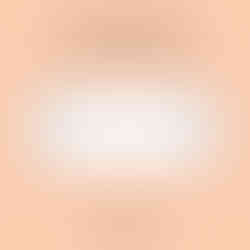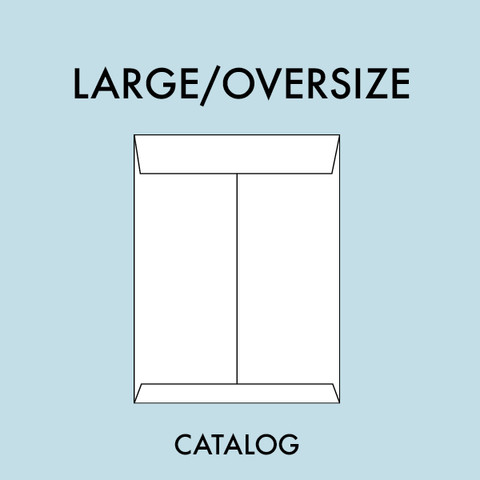Our third and final part to our 3-part series, A Guide to Standard Design Sizes, is all about stationery envelopes and inserts. An envelope - that flat paper container with a sealable flap - is typically used to enclose a document or letter, send a personal greeting, or for advertising and marketing materials. The contents of your envelope are equally as important as the envelope itself, as it is sending a message to your audience that can be conveyed in a personal or business manner.
As a designer and stationer who handles envelopes quite frequently, a common misconception with envelopes that we experience is that some people do not find that envelopes offer any sort of value and are just there to put their contents in and move on. However, the envelope you’ve just sent could be the first point of contact someone has with your business or you personally, and could also be one of or thee deciding factor on whether someone opens your envelope to see what’s inside.
There are numerous styles, sizes, and colours of envelopes – each with a different design and purpose - the ones we’ve listed in this blog post are not a complete and final list, but rather a list of the more commonly used ones. We’ve grouped these envelopes into four categories with some language, envelope references and sizes you’re more likely to see and/or use:
COMMERCIAL
Envelopes you’re more likely to experience every day – typically used for letterhead and household bills.
Window – While most envelopes come flat and opaque, some envelopes can include a transparent (see-through) box to show a recipient’s mailing address – this is a feature commonly used for mass/bulk mailing.
#10 (4-1/8 x 9-1/2 in) – This is the #1 most common envelope used for business communication such as direct mail and invoicing. Folded 8.5x11in paper fits into this envelope.
#9 (3-7/8 x 8-7/8 in) – Commonly used for cheques and as return envelope inside a #10 envelope.
#8 (3-5/8 x 8-5/8 in) - Commonly used for cheques and as return envelope inside a #10 envelope.
ANNOUNCEMENT
You’ve likely experienced this envelope category when receiving a birthday or milestone greeting card. Announcement envelopes can be used with coordinating panel or fold-over cards.
A-Style – An envelope that has side seams and a square flap. Since A-Style is more common, there are more varieties available.
Baronial – An envelope with diagonal seams and a pointed flap.
Square – An envelope in the shape of a square (versus rectangle) that can come in A-Style or Baronial.
4-Bar (3 5/8 x 5 1/8 in; with insert 3-1/2 x 4-7/8 in)
A2 (4-3/8 x 5-3/4 in; with insert 4.25 x 5.5 in)
A6 (4-3/4 x 6-1/2 in; with insert 4.5 x 6.25 in)
A7 (5-1/4 x 7-1/4 in; with insert 5 x 7 in)
A7.5 (5 1/2 x 7 1/2 in; outer envelope designed to fit the A7 envelope)
A9 (5 3/4 x 8 ¾ in; with insert 5-1/2 x 8-1/2 in)
A10 (6 x 9-1/2 in; with insert 6 x 9 in)
Square 5 (5-3/4 x 5-3/4 in; with insert 5-1/2 x 5-1/2 in)
Square 6 (6-1/2 x 6-1/2 in; with insert 6-1/4 x 6-1/4 in)
PRO-TIP: To give your announcement envelope even more of a “wow” factor for your audience add in an envelope liner to the inside flap. Envelope liners can include a special message, art or illustrations, or really anything you’d like!
LARGE/OVERSIZE
This category of envelopes allows you to send documents flat without having to fold them.

SPECIALTY
These envelopes generally have a specific purpose for each envelope type and are commonly used for checks, donations, remittance and other deposits, and inter-department files.
There you have it – the four categories of envelopes: Commercial, Announcement, Large/Oversize, and Specialty. Thanks so much for reading and we hope this list of standard design sizes helps you with your current or upcoming project(s)! You can read the other parts of our Standard Design Sizes blog series here:
Have a question or comment? Leave it below or reach out to us via our contact page – we’d love to hear from you!















